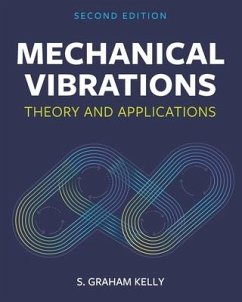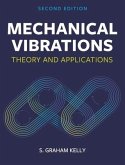Mechanical Vibrations: Theory and Applications presents the basic principles of engineering vibrations and introduces students to a strategic framework to advance their knowledge and skill in engineering problem-solving. The opening chapter reviews key topics, including mathematical modeling, dimensional analysis, dynamics, and more. Chapter 2 focuses on the elements that comprise mechanical systems and the methods of mathematical modeling of mechanical systems. Two methods for the derivation of differential equations for a linear system are presented: the free-body diagram method and the energy method. Chapters 3 through 5 focus on single degree-of-freedom (SDOF) systems. Chapter 3 concentrates on free vibration of SDOF systems. Forced vibration of SDOF systems is covered in Chapter 4 (harmonic excitation) and Chapter 5 (general transient excitation). Chapter 6 is focused on free and forced vibration of two degree-of-freedom systems. Chapters 7 through 9 cover general multiple degree-of-freedom (MDOF) systems. Chapter 7 concentrates on the derivation of differential equations governing MDOF systems. Chapter 8 concentrates on free vibration, whereas Chapter 9 covers forced vibration. The final chapter provides a brief overview of vibrations of continuous systems. Mechanical Vibrations: Theory and Applications is designed to serve as a primary textbook for advanced undergraduate courses on vibrations. Chapters 7 through 10 are appropriate for use as a standalone resource for graduate-level courses.








